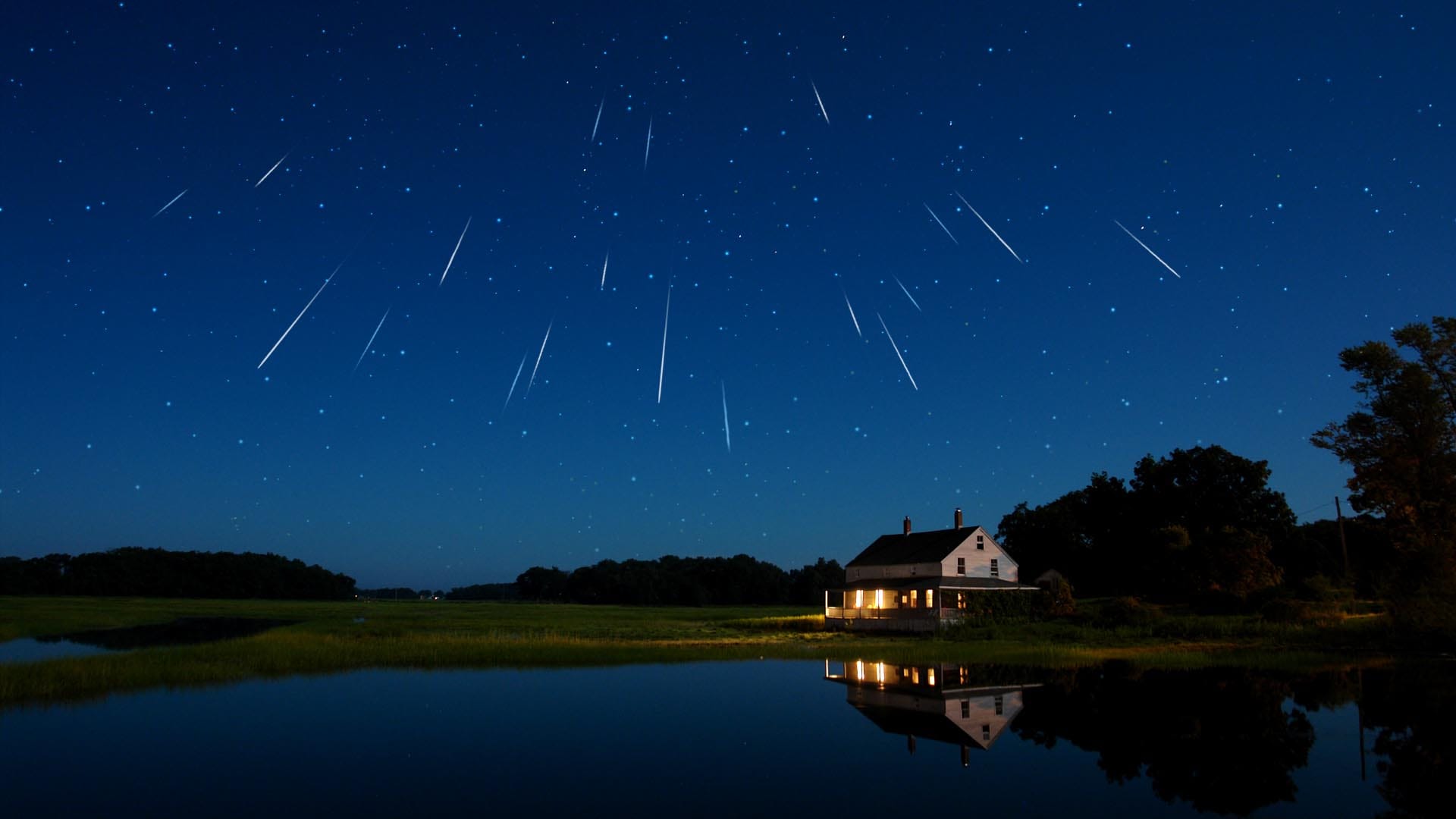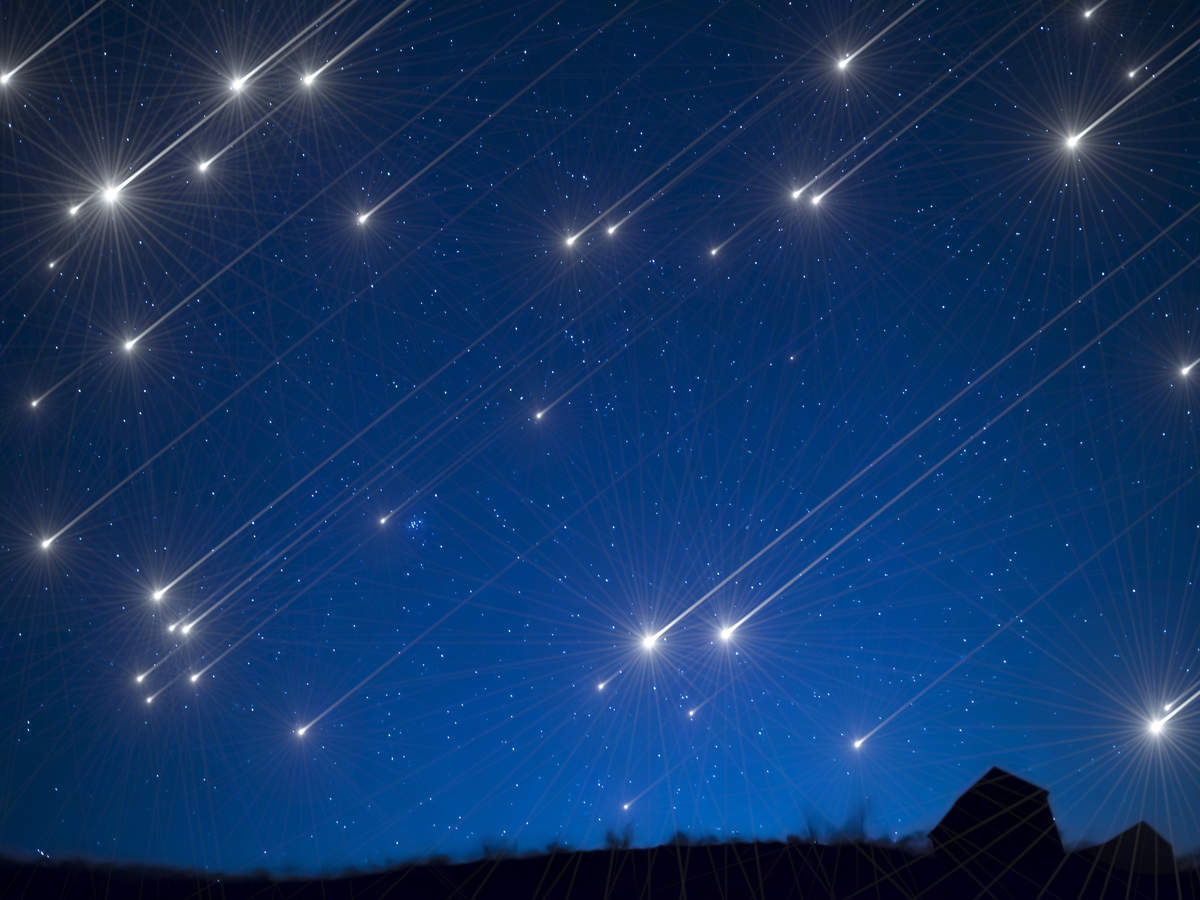
A meteor shower is the perfect definition of a summer night. And, in the middle of August will see the return of the Perseid meteor shower. The celestial display is known for a high frequency of fireballs and dramatic meteor showers.
What is the Perseid meteor shower?

The Perseid meteor shower takes place annually between the months of July and August. These showers are a result of a trail of debris from a huge comet called 109P/Swift-Tuttle. The large comet has an oblong orbit which takes 133 years to revolve around the sun. It was first spotted by Lewis Swift and Horace Tuttle in 1862. Hence, every year the Earth passes the comet’s orbit between July 17 and August 24, it brings a series of debris. According to NASA, they pass at a velocity of 59 km/second. And, the debris smashes with the Earth’s atmosphere at high speed, it burns and lightens the sky up causing a meteor shower.
According to Greek mythology, the shower commemorates the time when Zeus, the god of the sky visited Danaë, Perseus’ mother, in a shower of gold. Interestingly, the meteors also appear to come from the constellation of Perseus. Moreover, this year’s shower is supposed to be one of the best of the year.
How can you watch this?

To watch these showers, you don’t need binoculars or any special equipment. It might take you about 30 minutes to get used to the darkness so, it is important to get ready to watch the sky as early as possible. Moreover, the moon is currently in its waxing crescent phase hence its light will no hinder the spectacular shower. However, the only thing that could be a hindrance is cloudy skies.
But, there’s still a way you can enjoy the view. Just go to NASA‘s Meteor Watch Page on Facebook to watch the Livestream. The meteor shower is live-streamed from NASA’s Marshall Space Flight Center in Alabama.






